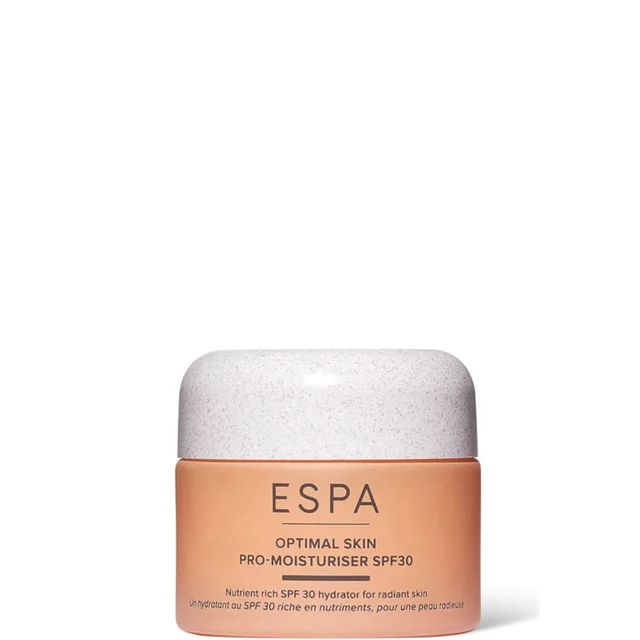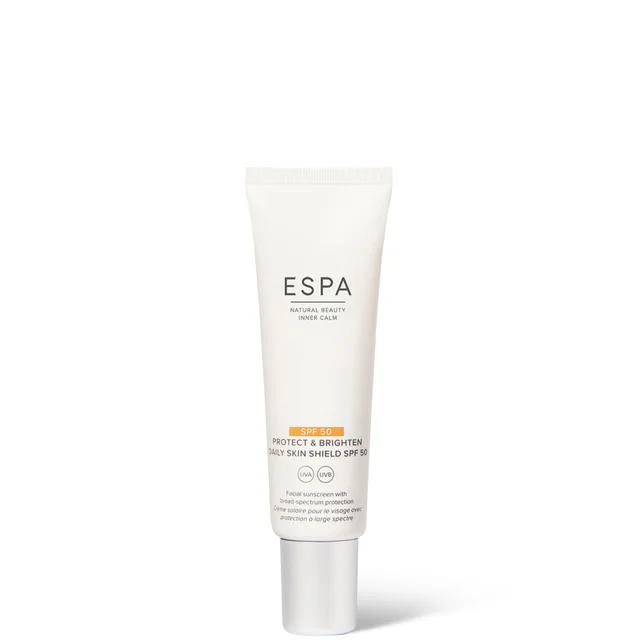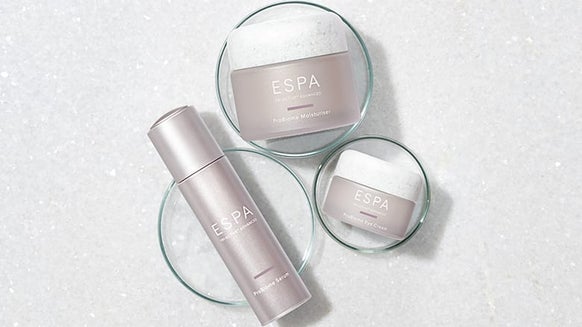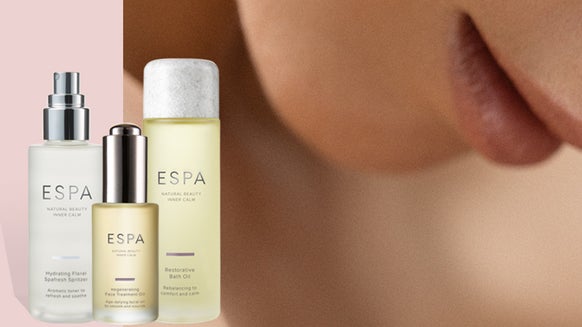Why SPF is the Best Anti-Ageing Secret
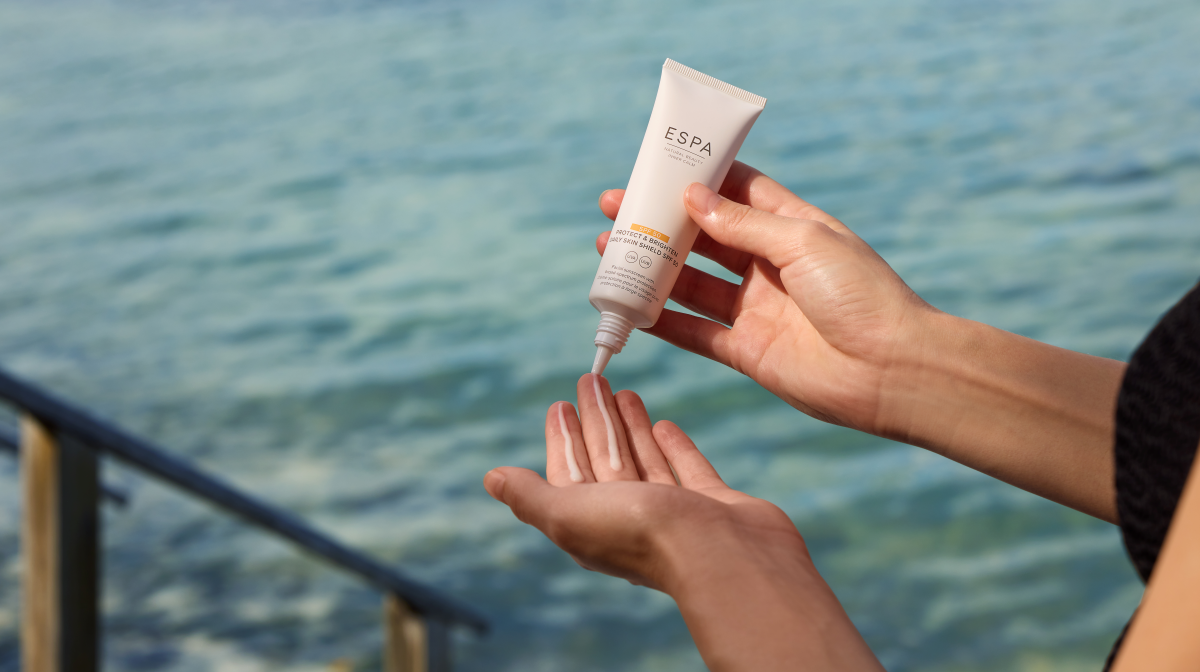
With the summer season in full swing, the rise in temperatures often brings a rise in UV radiation. During this time, we’re more likely to reach for the SPF, applying it when we see the sun shining and feel the heat on our skin. But for some, sunscreen remains a seasonal habit rather that a year-round ritual – even with UV exposure occurring on cloudy and cooler days.
And while most of us recognise its role in shielding against damaging solar rays, its ability to maintain a youthful glow are equally as noteworthy.
If you want an in-depth explanation of all things sun protection and skincare, keep reading as we explore the ins and outs of SPF, covering why we need it and how to apply it correctly (plus some helpful summer skincare tips featured along the way).
What is SPF?
At its basic level, sunscreen provides protection against the sun’s Ultra-Violet (UV) rays, known for contributing to sunburn, skin cancer, cell damage and premature ageing. They arrive in various SPFs (Sun Protection Factors), and a higher SPF often equates to enhanced defence. Wearing a sun cream of SPF 30-50 is usually recommended for optimal protection, especially during the summer.
Additionally, there are two main types of sunscreens: mineral and chemical.
Mineral and Chemical
Do I Need to Wear SPF Every Day?
Yes, regardless of the weather. UVA rays, more commonly associated with accelerating the signs of skin ageing, are present all year, and can penetrate clouds and windows.
Though more vital in the spring and summer seasons, using a sunscreen every day is a good skincare practice that protects against the cumulative effects of UV.
Opt for a broad-spectrum, SPF 30-50 formula in the hotter months, like our Protect & Brighten Daily Skin Shield SPF 50. Not only does this silky fluid sunscreen shield the skin, but it also delivers an instant dewy glow with a hydrated, featherlight feel. This finish is perfect to prep and smooth the skin for subsequent makeup application, as its bouncy texture helps makeup to adhere and lay seamlessly on the skin with a bright, radiant finish.
In the winter or when spending the day indoors, a sunscreen of SPF15+ can provide an adequate level of protection. Streamline your routine and choose a richer cream consistency for extra moisture and barrier nourishment like our Optimal Skin Pro-Moisturiser SPF 30.
Why Sunscreen is Vital for Anti-Ageing
When it comes down to the importance of SPF in skincare, it’s valuable to understand why daily use can encourage a healthy-looking glow and protect our skin from premature ageing.
Chronic sun exposure without sufficient defence contributes to dermal damage and photoaging, the common name given to UV-related ageing. The signs of this can manifest in multiple ways – we break down the visible effects below:
Common Signs of Photoaging
Fine Lines and Wrinkles – UVA rays contribute towards the degradation of collagen and elastin, leading to a less firm skin appearance.
Sunspots – Sunspots or ‘age spots’ are areas of the skin darker in pigment in comparison to the rest of the body. These spots usually appear on the face, hands and arms.
Dry, Rough Skin – As UV radiation damages the skin’s outermost layer, it may contribute to a breakdown of natural moisture and oils, leaving a dry, dull look.
Noticeable Blood Vessels – Sometimes referred to as ‘spider veins’. As the sun may contribute towards skin barrier thinning, red and purple veins might become more visible, especially on the face and legs.
How Does Sunscreen Protect from the Signs of Ageing?
As mentioned, a sun cream can either reflect or absorb the sun’s UV rays. Both a mineral and chemical sunscreen are equally as effective, as they both prevent the radiation from reaching our skin’s cells. With the rays unable to attack the cells, they do not have the opportunity to break collagen and elastin down, the two proteins responsible for skin elasticity and firmness.
What’s more, the protection a sunscreen provides helps to block UV that can trigger melanin production, a key contributor to sunspots and discolouration.
How to Apply Sunscreen
To ward off the signs of sun ageing, we need to make a habit of applying sunscreen every single day. It always needs to be applied in the morning (even on the drabbest, dullest of winter days) as the very last step in your skincare routine.
For reference, your morning skincare should look something like this:
Begin with your usual cleanser, followed by a serum of choice. Next, apply eye cream and moisturiser, followed by a broad-spectrum SPF last. Wait around 30 seconds between each layer to allow the formulas to absorb effectively.
When you reach the SPF step, draw the sunscreen down your middle and index fingers in two stripes (roughly equivalent to half a teaspoon). This is a sufficient amount for your face and neck.
Tap onto the forehead, cheeks, chin and neck and massage in until absorbed. Try to apply sunscreen at least 20 minutes prior to sun exposure.
Ideally, you should top up every two hours, but more frequently on hotter days, after swimming, towelling and perspiring.
Don’t forget your nose, ears and around the eyes. Apply a thin layer here, carefully tapping on. For your lips, discover our Protective Lip Balm SPF for purse-friendly protection on the go.
Now you know the importance of sunscreen beyond its broadest benefits, discover our summer skin care collections for youthful, radiant results whatever the weather.

